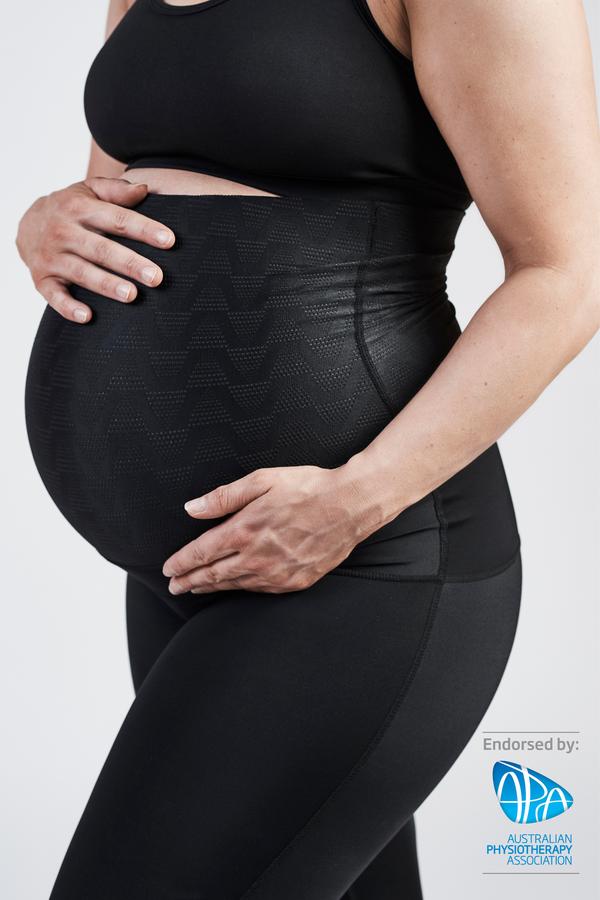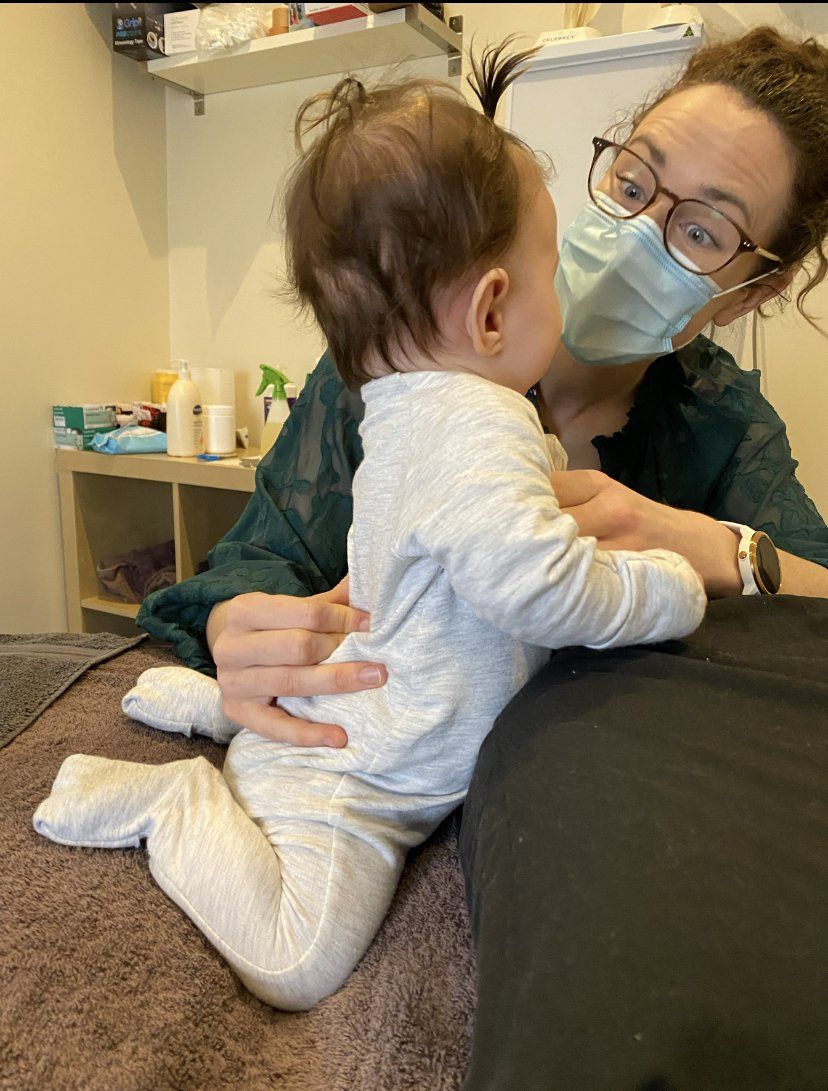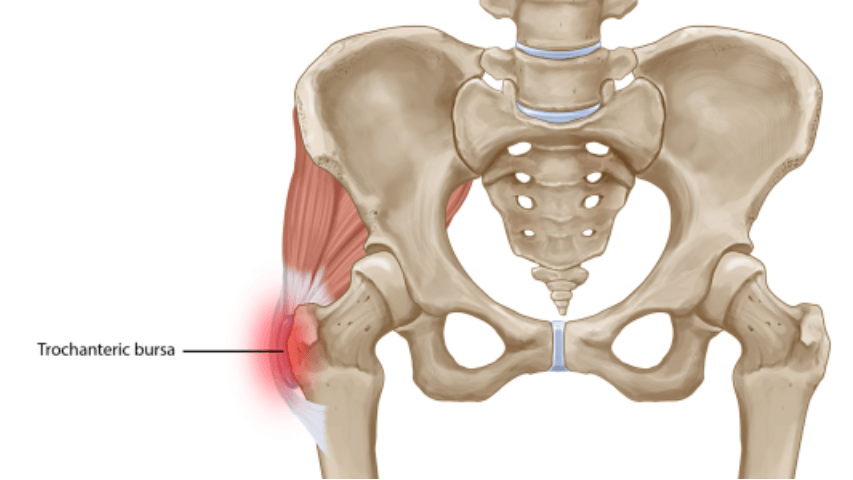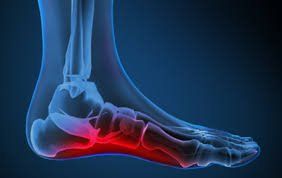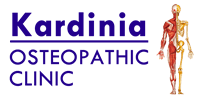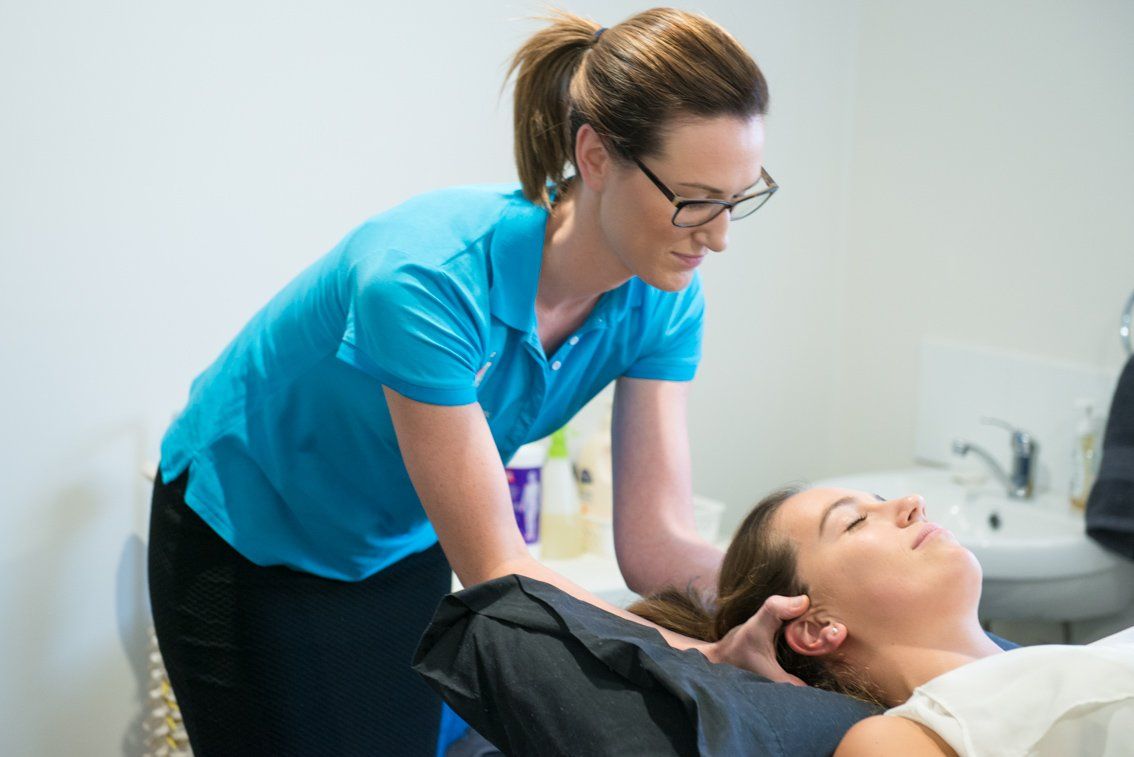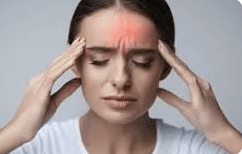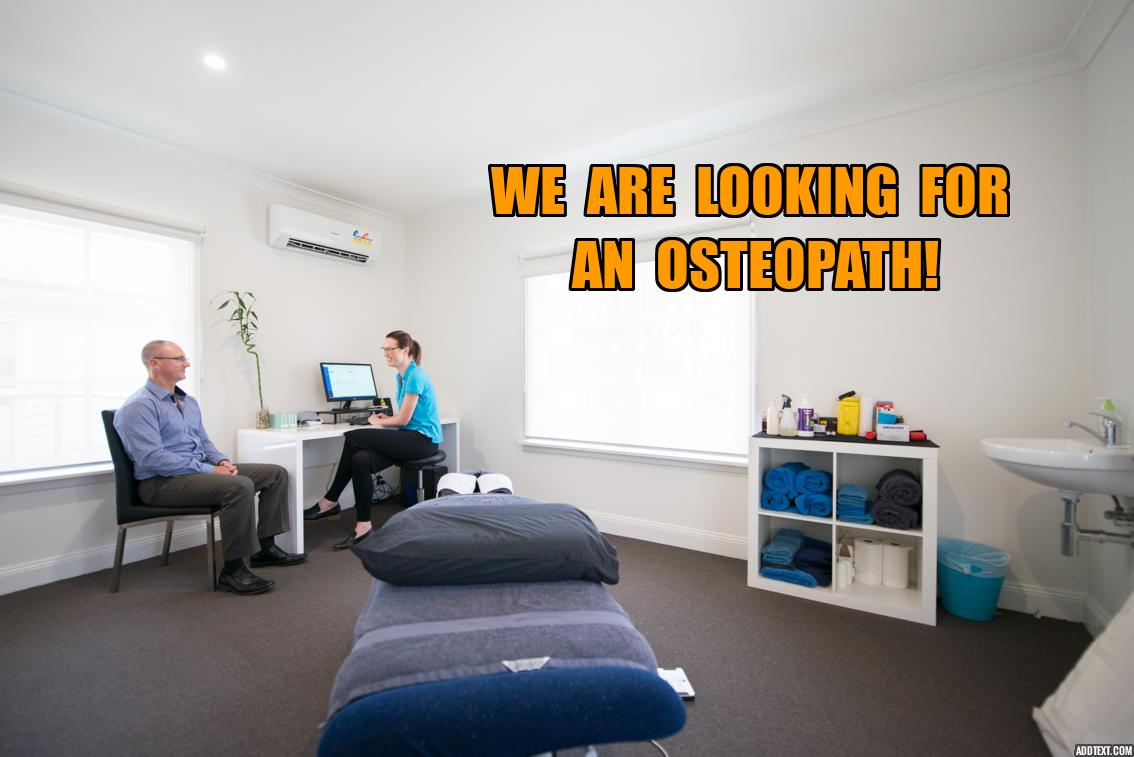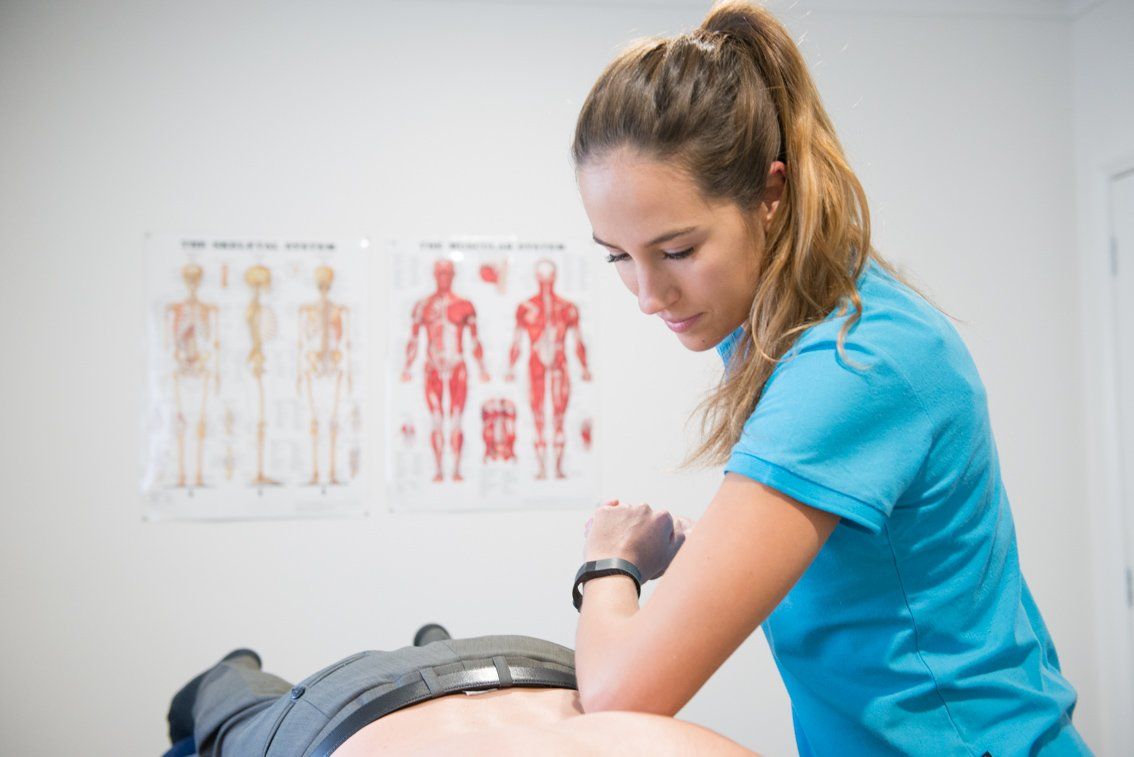Have you heard of Electrotherapy?
Electro stimulation via Dry needling
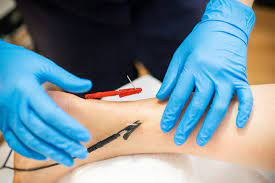
Electrotherapy has been used for almost a 1000 years as a treatment for musculoskeletal and joint pain. It comes in a variety of forms including TENS machines and Electro Neuromuscular stimulation via Dry needles. We have been using TENS for a long time but new to the clinic is the use of Electro stimulation via dry needling.
What is it?
Electrotherapy involves running a mild, controlled electrical current through a muscle or nerve. This is usually done via pads attached to the skin (TENs) or via Dry needles directly into the muscles. When we use needles, the current gets deeper into the muscles.
When is it used?
When a muscle is overstretched, over contracted, over exercised or injured, blood flow to and from the muscle is impacted which can cause the muscle to tighten and enter a cycle of continuing tightness.
This can result in compression of blood vessels, nerves, increased pain and increased joint stiffness. The use of electrotherapy assists in the treatment of these conditions by:
- Reduction in muscle tightness
Repeated contractions via electrical stimulation helps to reset this pathway and will decrease muscle tension and tightness in the muscles (3).
- Reduction in pain
Continued stimulation of a muscle group bombards the pain receptors which results in reduced pain (2).
- Improved muscle function / Nerve function
Electrical stimulation to a specific nerve group or muscles compressing a nerve can aid in the repair of scar tissue around the nerve or release the muscle responsible for compressing the nerve. As a result less compression and irritation on the nerve can improve function of the muscle group being affected.
This includes conditions such as Sciatica (1) and Carpal tunnel syndrome.
So if you have been suffering from continued tightness and pain,
book an appointment with one of our Osteopaths for a full assessment and ask about the use of Electrotherapy as this may be the right treatment for you. Our Osteopaths Darrell, Callum and Rachael have completed additional training in electrotherapy.
References
- Wang, L., Fan, W., Yu, C., Lang, M., & Sun, G. (2018). Clinical effects of electrical stimulation therapy on lumbar disc herniation-induced sciatica and its influence on peripheral ROS level. Journal of Musculoskeletal & Neuronal Interactions, 18(3), 393.
- Miao, Q., Qiang, J. H., & Jin, Y. L. (2018). Effectiveness of percutaneous neuromuscular electrical stimulation for neck pain relief in patients with cervical spondylosis. Medicine, 97(26).
- Lyle, M. A., & Nichols, T. R. (2019). Evaluating intermuscular Golgi tendon organ feedback with twitch contractions. The Journal of physiology, 597(17), 4627-4642.
